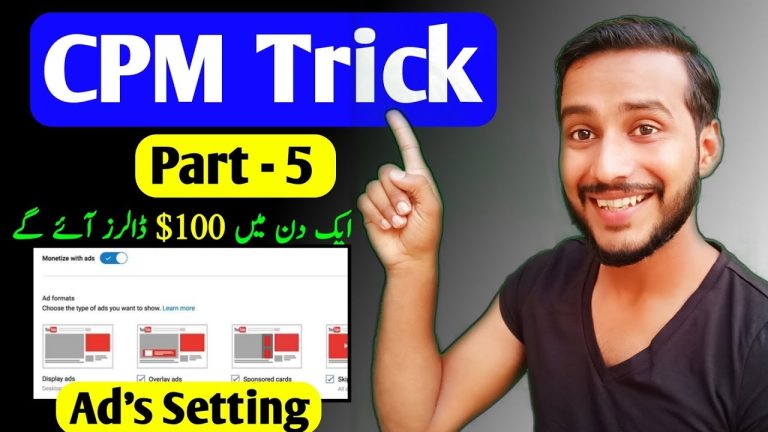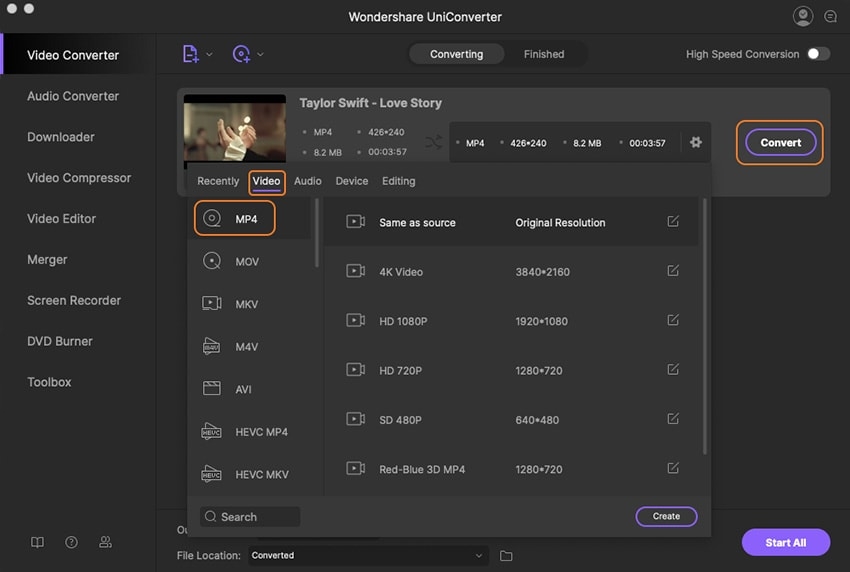Understanding Sound Ripping from YouTube
Ripping sound off YouTube has become increasingly popular as people look for ways to enjoy their favorite music, podcasts, or lectures offline. Whether it’s for creating personalized playlists, educational purposes, or just enjoying content on the go, ripping sound from YouTube offers a convenient solution. In this article, we’ll delve into the methods, legal considerations, and best practices for ripping sound off YouTube, ensuring you do it effectively and ethically.
Understanding Sound Ripping from YouTube
Sound ripping from YouTube involves extracting the audio portion from a video and saving it as a separate file, usually in MP3 format. This process allows you to enjoy the audio content without needing to stream the video every time, making it more accessible when you’re offline or have limited data.
Why Rip Sound from YouTube?
There are several reasons why people choose to rip sound from YouTube:
Offline Access to Audio
One of the primary benefits of sound ripping is the ability to access your favorite audio content offline. Whether you’re traveling, have limited internet access, or simply want to save on data, having your audio files available at all times is incredibly convenient.
Creating Personal Music Collections
By ripping sound from YouTube, you can build a personalized music collection. This is particularly useful for rare tracks or live performances that may not be available on traditional music streaming platforms.
Educational and Professional Uses
Ripping sound from YouTube can also serve educational and professional purposes. Whether you’re a student needing access to lectures or a professional compiling reference material, having audio files on hand can be invaluable.
Legal Considerations in Sound Ripping
Before you start ripping sound from YouTube, it’s essential to understand the legal implications:
YouTube’s Policy on Downloading Content
YouTube’s Terms of Service prohibit downloading content unless a download button is provided by YouTube. Violating these terms can result in penalties, including account suspension.
Copyright and Intellectual Property
Most content on YouTube is protected by copyright, meaning you need permission from the content owner to download and use the content. Downloading copyrighted material without permission is illegal and can lead to serious consequences.
Fair Use and Sound Ripping
In some cases, your use of ripped sound may fall under fair use, particularly for commentary, criticism, or educational purposes. However, fair use is a complex area, and it’s crucial to understand the specific criteria to avoid legal issues.
Risks of Illegal Downloading
Ignoring copyright laws and ripping sound without proper permissions can lead to fines, takedown notices, and legal action. Always ensure you have the necessary rights to download and use the content.
Methods to Rip Sound off YouTube
There are various methods to rip sound off YouTube, each with its own advantages:
Online Converters
Online converters are among the most popular tools for ripping sound from YouTube. These platforms allow you to paste a YouTube video URL, select the desired audio format, and download the file within minutes.
Desktop Applications
For users who need more control over the ripping process, desktop applications like 4K Video Downloader or Audacity offer advanced features, including higher quality output and batch processing.
Mobile Apps
Mobile apps like TubeMate and VidMate enable users to rip sound directly to their smartphones, making it easy to access audio content on the go without the need for a computer.
Browser Extensions
Browser extensions like Video DownloadHelper integrate directly into your web browser, allowing you to rip sound from YouTube with just a few clicks, simplifying the process.
Step-by-Step Guide to Rip Sound off YouTube
Here’s a detailed guide on how to rip sound off YouTube using different methods:
Online Converter Method
- Find the YouTube Video: Start by locating the YouTube video from which you want to rip the sound.
- Copy the Video URL: Copy the URL from your browser’s address bar.
- Choose an Online Converter: Visit a reputable online converter such as Y2Mate or Convert2MP3.
- Paste the URL: Paste the URL into the converter’s input field.
- Select the Audio Format: Choose MP3 or another audio format.
- Download the Audio File: Click the download button and save the file to your device.
Desktop Software Method
- Install the Software: Download and install a trusted desktop application like 4K Video Downloader.
- Copy the URL: Copy the URL of the YouTube video.
- Paste the URL into the Software: Open the software and paste the URL.
- Select Audio Format and Quality: Choose the audio format and quality settings.
- Download: Click the download button to save the sound file to your computer.
Mobile App Method
- Download the App: Install a mobile app like TubeMate on your smartphone.
- Search for the Video: Use the app’s browser to find the YouTube video.
- Choose Audio Format: Select the desired audio format (e.g., MP3).
- Download: Tap the download button to rip the sound directly to your phone.
Browser Extension Method
- Install the Extension: Add a browser extension like Video DownloadHelper to your browser.
- Visit the YouTube Video: Go to the YouTube video you want to rip.
- Download Button: Click the download button added by the extension.
- Select Format: Choose the audio format you need.
- Save the File: Download and save the file to your device.
Top Tools for Ripping Sound off YouTube
Let’s take a closer look at some of the best tools available:
Popular Online Tools
Online converters such as Y2Mate, YTMP3, and Convert2MP3 are quick and easy solutions for extracting audio from YouTube videos without needing to install any software.
Reliable Desktop Applications
Software like 4K Video Downloader and Audacity provides more advanced options for users who need higher quality or batch processing features.
Mobile Applications
Apps like TubeMate and VidMate are perfect for those who want to rip sound directly to their mobile devices.
Best Practices for Ripping Sound
To ensure a smooth and legal ripping process, follow these best practices:
Maintaining Audio Quality
Always choose tools that offer higher bitrates to ensure the best possible audio quality. Avoid using tools that compress audio files too much, as this can degrade sound quality.
Organizing Ripped Sound Files
It’s essential to keep your ripped audio files organized. Create a folder system on your device to categorize files by genre, artist, or project, making them easier to access.
Regular Updates and Security
Always keep your tools and software updated to avoid security risks and ensure compatibility with the latest YouTube changes.
Troubleshooting Common Issues
Even with the best tools, you might encounter some issues while ripping sound:
Quality Issues
If the audio quality is poor, make sure you’re downloading at the highest bitrate available. Sometimes, re-downloading the file can also resolve the issue.
Download Failures
Check your internet connection and try using a different tool if you experience frequent download failures. Some tools may also struggle with videos that have high traffic or special encryption.
Compatibility Problems
If your ripped audio file won’t play, consider converting it to a different format or updating your media player to ensure compatibility.
Comparing Sound Ripping to Streaming
Is ripping sound better than streaming? Here’s a comparison:
Data Usage Considerations
Downloading and storing audio files can save data over time, especially if you frequently listen to the same content. Streaming, on the other hand, consumes data each time you play the content.
Convenience and Flexibility
Ripping sound allows you to listen offline, which is particularly useful in areas with poor internet coverage or when traveling. It also provides flexibility in creating personalized playlists.
Conclusion
Ripping sound off YouTube offers a practical solution for offline listening, educational projects, and building personal music collections. By following the methods and best practices outlined in this guide, you can enjoy your favorite content on your terms. Just remember to stay within legal boundaries to avoid potential issues.
FAQs
1. Is ripping sound from YouTube legal?
Ripping sound from YouTube is legal only if you have permission from the content owner or if the content is provided under a license that allows downloading.
2. Can I rip sound from YouTube on my phone?
Yes, several mobile apps are available for ripping sound directly to your smartphone.
3. What is the best format for ripping sound from YouTube?
MP3 is the most widely supported format, but other formats like AAC or WAV may be preferable depending on your needs.
4. How can I ensure the best audio quality when ripping sound?
Choose tools that offer high bitrate options and avoid unnecessary compression to maintain sound quality.
5. Are there risks associated with ripping sound from YouTube?
Yes, downloading copyrighted content without permission can lead to legal consequences. Always ensure you have the rights to download and use the content.

